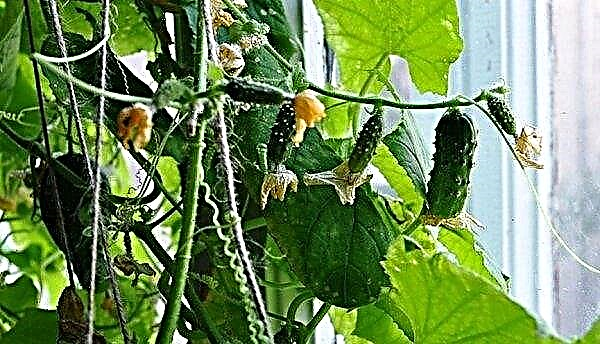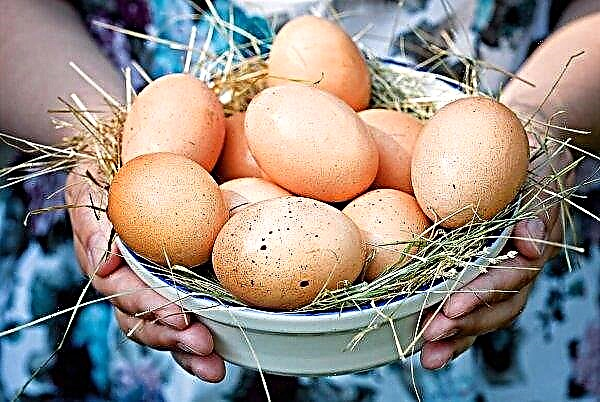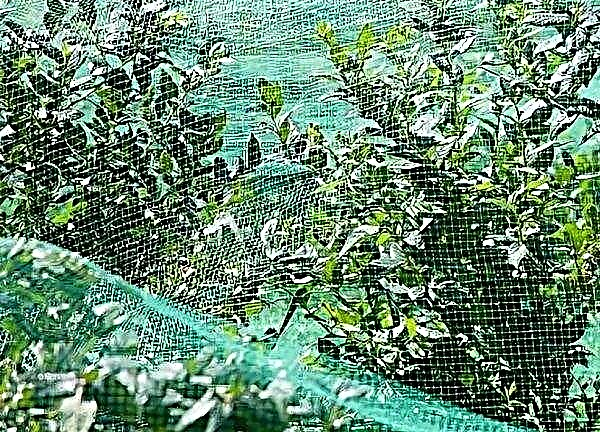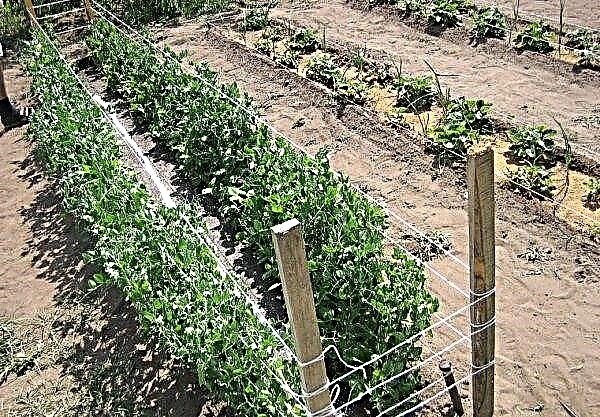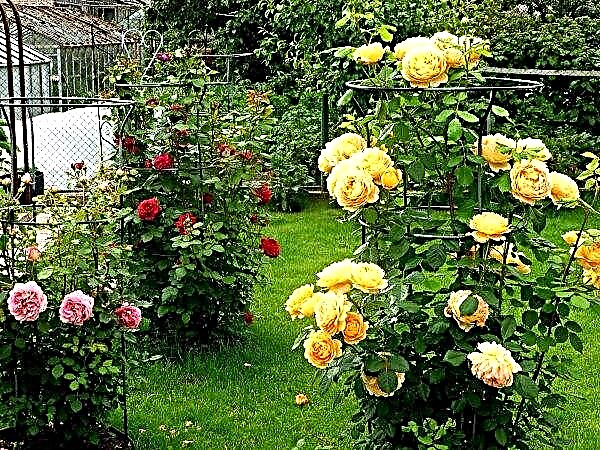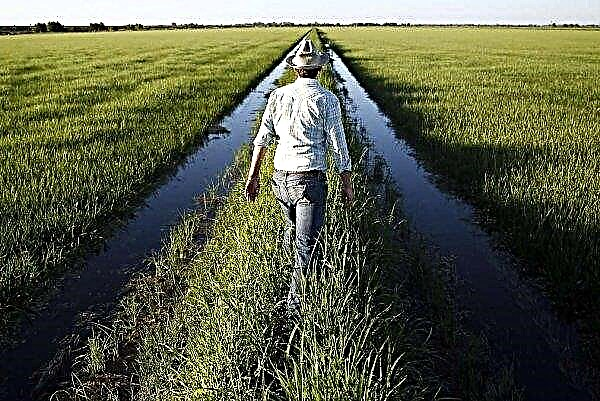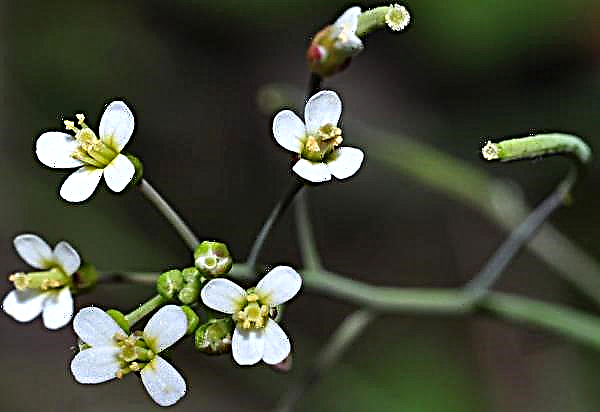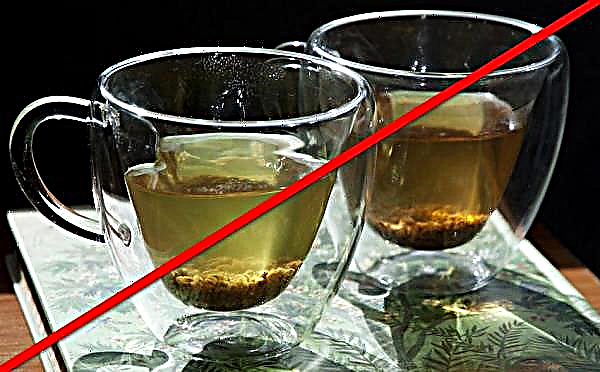When growing in rooms for ficus, it is necessary to create conditions close to those in which it grows in nature. This applies to temperature, humidity, light and soil composition. We will tell you what needs to be done so that this decorative and deciduous plant pleases you with a healthy look for a long time.
Features of growing and caring for ficus
Ficus is a native of the tropics. The plant needs warmth, good lighting, high humidity and fresh air. Recommended conditions for its cultivation and care measures are collected in the table:
Recommended conditions for its cultivation and care measures are collected in the table:
| Lighting | Good, scattered, lighting in winter is needed |
| Location | Western, eastern windowsill. Change of location does not tolerate well |
| Air temperature | In summer +25 ... + 30 ° С, in winter +16 ... + 20 ° С |
| Air humidity | 50–70% |
| Ventilation | Regular access to fresh air and draft protection required |
| Watering | In summer, moderate (2-3 times a week), scarce in winter (1 time per week), warm, settled, filtered, rainwater, as the upper soil layer dries |
| Spraying | In summer, regular, warm, settling or boiled water |
| Top dressing | In spring and summer, 2 times a month with nitrogen-containing fertilizers (nettle, mullein, infusion of wood ash, fertilizers "Ideal", "Gumisol", "Ficus", "Palma"); autumn-winter not required |
| Transfer | If necessary, by transshipment, annually - updating the upper soil layer |
| Pruning | Sanitary and formative, from the beginning of spring to the first decade of summer |
Soil requirements
A great influence on the decorativeness, growth and development of ficus has the soil in which it is planted.
The following requirements are put forward to the soil for this flower:
- nutritional value;
- good conductivity of moisture and oxygen;
- humidity;
- slightly acidic or neutral pH reaction;
- high layer of drainage.
Did you know? Residents of the tropics from the aerial roots of ficus trees build bridges. Such "live" crossings have the strength and durability.
Essential soil composition
In order for the flower to be healthy, have large leaves saturated in color, a lush crown, it must be grown in soil consisting of certain components. The composition of the soil should differ depending on the age of the plant. For young specimens, be more loose, for adults - denser.
Young plants need to be planted in a substrate, which consists of:
- turf land;
- humus;
- sand;
- peat.

Mature ficuses will require soil consisting of:
- sheet land;
- humus;
- sand.
In terms of acidity, the soil should be within the range of 6.5–7 pH. Reducing acidity is done by adding dolomite flour and lime to the soil. Rise - by mixing peat.Important! Soil with a clay structure is not suitable for growing ficus. It provokes stagnation of moisture, which is detrimental to the plant.
Finished soil selection
For planting ficuses, a substrate is usually chosen, on the packaging of which there is an inscription "Ficus", "Palm".
Almost every soil producer produces such a product. Their compositions are different. As a rule, they contain vermicompost, peat, sand, expanded clay, lime, dolomite flour, other inert fillers that improve the composition of the substrate, mineral additives.
Such soil does not need preliminary treatment, but is already ready for use.
Well-known manufacturers are: “Ceramis”, “Flower happiness”, “Seliger-agro”, “Vermion”, “Garden of miracles”.
How to make soil for ficus with your own hands?
Many flower growers prefer to make a substrate for planting their flowers with their own hands. Thus, it is possible to control its composition and saturate with precisely those substances that are necessary for a particular species at a certain stage of development. The disadvantage of self-preparation of the soil mixture is the complexity of the process. Some ingredients are not always and not everywhere can be found on sale.
The composition of the soil will vary depending on the type and age of the ficus. We give recipes for popular indoor species.Important! Self-prepared soil is subject to mandatory disinfection. It must be poured with a solution of potassium permanganate or calcined in the oven (microwave) at a temperature of +90 ... + 100 ° С.
For rubber bearing and microcarp:
- Connect equal parts of leafy soil, turf.
- Add half of the river sand.
- For drainage, lay broken brick, small pebbles.
- Top with a layer of sand.

For benjamin:
- Mix in equal proportions leafy soil, humus, peat.
- Add river sand and pebbles.
- Mix everything well.
- At the bottom of the pot lay drainage from a layer of expanded clay and a layer of sand.
For palmer and petiole:
- Mix 1 part of turf, 2 parts of leaf soil, 2 parts of sand, 1 part of impurities.
- Add gravel, pebbles or brick chips.
- To put claydite, charcoal on the bottom.
Video: do-it-yourself soil mixture for ficus
Signs of improperly selected land
With improper care or an inappropriate microclimate, the plant will change in appearance.
If the soil does not suit him, then this can be recognized by the following signs:
- discoloration of leaves;
- falling of foliage;
- defeat by mushroom mosquitoes.
Did you know? The oldest ficus grows in Buenos Aires. It was planted in 1781. He was given the name Tree of Homer.
If you are one of those who like to contain indoor plants and decide to plant ficus, you must provide him with the soil that nature intended for him. Ficus doesn't need a lot of attention. Those who grow the flower for the first time will also cope with its planting and care.


